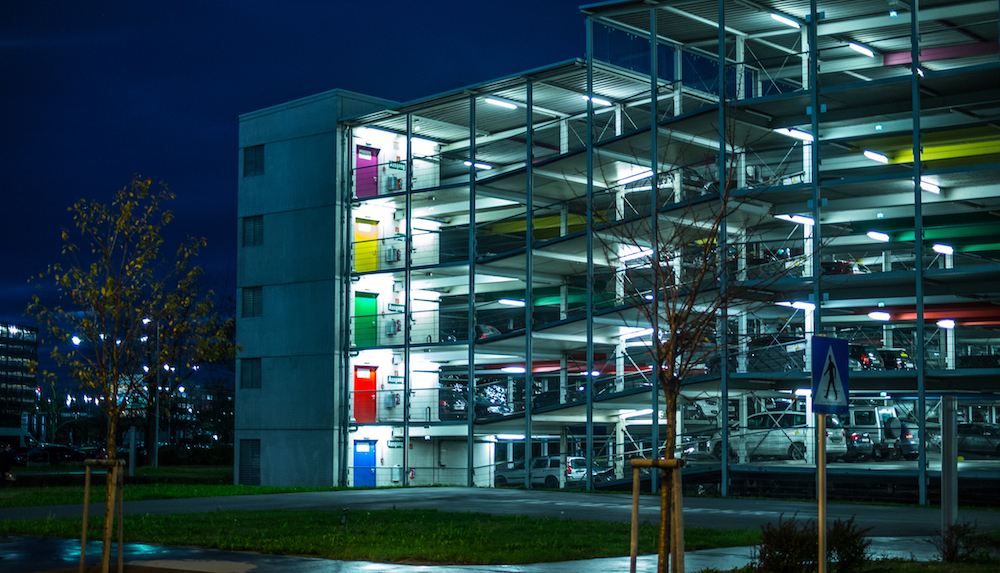This week, the American Institute of Architects (AIA) announced that it will create a resilience curriculum for the professional development of architects, including resilient design and decision-making on hazard mitigation, climate adaptation and community resilience.
The curriculum will include policy and practice-focused resources on AIA.org, research, and training. AIA will also expand existing professional and academic resilience network.
AIA targets phased implementation of the curriculum beginning next year.
“Building codes are a powerful tool architects can use to incorporate lessons learned from natural disasters, technology developments and building science innovation,” said AIA Chief Executive Robert Ivy, FAIA. “Yet we can do more to address the challenges of a changing climate. As we launch this new curriculum, we will be equipping our profession with additional vulnerability assessment, hazard mitigation and design adaptation tools to help them prepare communities to be resilient and adaptable to those challenges.”
The announcement was made at the White House Conference on Resilient Building Codes. The conference was called to discuss the role of building codes in community resilience, explore the economic benefits of resilient design, and consider actions that the Federal government and the private sector can take to advance resilience in the built environment.
Related Stories
| Aug 11, 2010
'Flexible' building designed to physically respond to the environment
The ecoFLEX project, designed by a team from Shepley Bulfinch, has won a prestigious 2009 Unbuilt Architecture Design Award from the Boston Society of Architects. EcoFLEX features heat-sensitive assemblies composed of a series of bi-material strips. The assemblies’ form modulate with the temperature to create varying levels of shading and wind shielding, flexing when heated to block sunlight and contracting when cooled to allow breezes to pass through the screen.
| Aug 11, 2010
New book provides energy efficiency guidance for hotels
Recommendations on achieving 30% energy savings over minimum code requirements are contained in the newly published Advanced Energy Design Guide for Highway Lodging. The energy savings guidance for design of new hotels provides a first step toward achieving a net-zero-energy building.
| Aug 11, 2010
Perkins+Will master plans Vedanta University teaching hospital in India
Working together with the Anil Agarwal Foundation, Perkins+Will developed the master plan for the Medical Precinct of a new teaching hospital in a remote section of Puri, Orissa, India. The hospital is part of an ambitious plan to develop this rural area into a global center of education and healthcare that would be on par with Harvard, Stanford, and Oxford.
| Aug 11, 2010
Burt Hill, HOK top BD+C's ranking of the nation's 100 largest university design firms
A ranking of the Top 100 University Design Firms based on Building Design+Construction's 2009 Giants 300 survey. For more Giants 300 rankings, visit http://www.BDCnetwork.com/Giants
| Aug 11, 2010
PBK, DLR Group among nation's largest K-12 school design firms, according to BD+C's Giants 300 report
A ranking of the Top 75 K-12 School Design Firms based on Building Design+Construction's 2009 Giants 300 survey. For more Giants 300 rankings, visit http://www.BDCnetwork.com/Giants
| Aug 11, 2010
Turner Building Cost Index dips nearly 4% in second quarter 2009
Turner Construction Company announced that the second quarter 2009 Turner Building Cost Index, which measures nonresidential building construction costs in the U.S., has decreased 3.35% from the first quarter 2009 and is 8.92% lower than its peak in the second quarter of 2008. The Turner Building Cost Index number for second quarter 2009 is 837.







